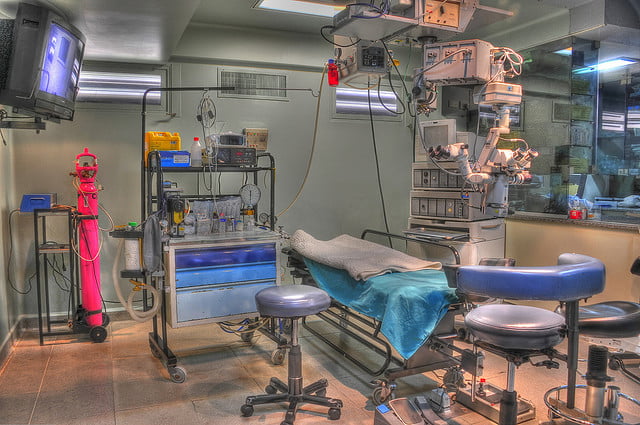A team of researchers from the robotics lab at Bar Ilan University in Israel is developing a system that will monitor patients under mechanical ventilation and alert if anything goes wrong.
The technology is based on a defense system that detects faults in Unmanned Aerial Vehicles. The work initially began with participation of the Ministry of Defense in order to assist in monitoring problems that affect UAVs, such as ice on the wings or blockage of the sensors with ice.
Lead researcher and head of the robotics lab at Bar Ilan, Professor Gal Kaminka, told Israeli newspaper Haaretz: “There are no simple malfunctions. There are many types of failures that require a human being present to look at the dashboard and see, for example, that the engine is strained or the speed and altitude are decreasing. The Ministry of Defense contacted us and asked if there is a way to create detectors that can automatically alert in case something is not functioning as it should.”
Related Stories:
92-Y-old Scientist Develops Kit To Identify Deadly Bacteria
New Device: Quick Detection Of Respiratory Problems In Premature Infants
Following the connections between sensors
Dr. Kaminka and his team developed an algorithm that can recognize the connections between various sensors and know that in some heights it is expected that the temperature will drop, or that if the drone changes direction the compass should turn. In case of malfunction, some sensors continue to act normally while others fail – and the ties between them break. This new method identifies when these connections break and can alert that something unusual is going on.
“Then, Dr. Haim Berkenstadt who is an anesthesiologist from Sheba Hospital, approached us,” tells Dr. Kaminka. “Apparently one of the problems that anesthetists have is to monitor the patient during surgery, recovery room or intensive care and understand that something is unusual.”
Kaminka adds that “monitoring provides a record of what is happening with the patient in terms of heart rate and blood oxygen levels, but cannot say that something is wrong. The application uses the same method and begins to recognize when there is an exception and gives the doctor or nurse a warning. It’s not that there are no systems that try to provide an answer to the problem today, but they are not reliable.”
…
To continue reading this article in Hebrew, click here.
Via Haaretz
Photo by Matías Garabedian
Related posts

Israeli Medical Technologies That Could Change The World

Harnessing Our Own Bodies For Side Effect-Free Weight Loss

Missing Protein Could Unlock Treatment For Aggressive Lung Cancer




Facebook comments